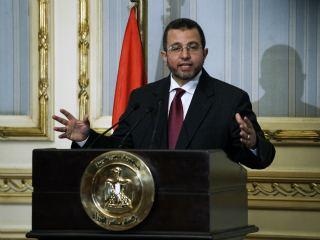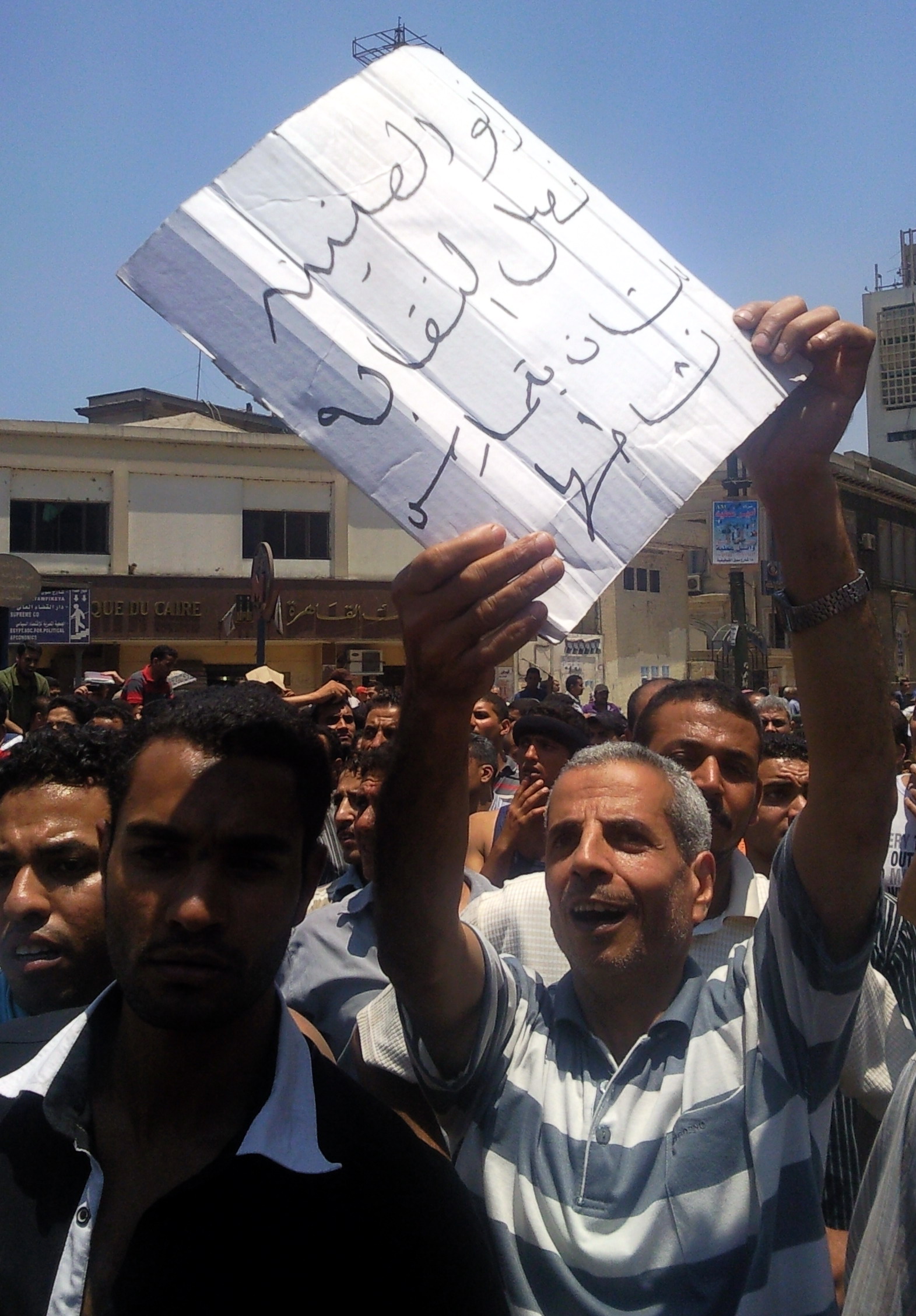CAIRO: Egypt is planning two solar-powered villages in Siwa’s Umm Al-Saghir and Ain Zahra, according to the State Information Service.
Energy Minister Hassan Younes said in a statement that the project, a joint-venture between the Italian Ministry for Environment and Land and Egypt’s Renewable Energy Authority, is being funded by a LE 3 million grant from Italy.
The minister said that the project includes solar powered lighting for villages and homes in addition to a number of health units, schools and mosques.
The project is part of a plan to supply remote villages that are not part of the national power grid with solar power, Younes added.
Mohab Hallouda, senior energy specialist at the World Bank’s Egypt office, said that solar energy supplied by photovoltaic cells are ideal for areas with no access to the national power grid.
“Since the gird is already connected, solar energy is not really economically feasible, since the prices of the cells are still too expensive, to be a viable alternative to normal electricity for the grid,” he explained.
Hallouda said that larger cells could be used to power even larger villages and towns but that it is possible only as the prices of the cells begin to decline and it becomes more feasible to connect them to the grid.
Cairo-based investment bank Beltone Financial said in a statement that though small in scale, the project is seen as a “positive step toward diversifying Egypt’s sources of energy and incorporating alternative means into the country’s energy mix.”
“To meet the existing power bottlenecks, and meet the growing demand for energy, both by industry and households, the government’s plan is to triple its current installed power capacity by the year 2027 through adding 58,000 megawatts at a cost that is estimated at $100-120 billion,” the statement continued.
Along with the long term plan for the country’s first nuclear power plant, for which the international tender has been postponed until mid January 2011, Beltone expects this short term energy strategy to take place through conventional, along with alternative, energy sources of energy as Egypt aims to generate 20 percent of total power from renewable sources by 2020.
Egypt’s first solar electricity power plant in Koraymat will be operational in 2011 “with a production capacity of 140 MW, of which 20 MW will be solar based,” AlembicHC reported in a note, adding that there are plans to establish a 100 MW solar electricity power plant in Upper Egypt and a 20 MW plant in Hurgahda as part of the Ministry of Electricity’s 2012–2017 plan.
Beltone said that Egypt’s energy sector has attracted around $2 billion annually on average.
“With the boom in the economy and the increase in demand for energy, both domestically and internationally, investments to the sector have risen significantly. Of the $6.8 billion in FDI flowing to Egypt in fiscal year 2009/10, around $3.6 billion targeted the energy sector.
“We expect investments in the energy sector to remain high, especially as more FDI targets renewable energy and petrochemical industries,” the statement said.


